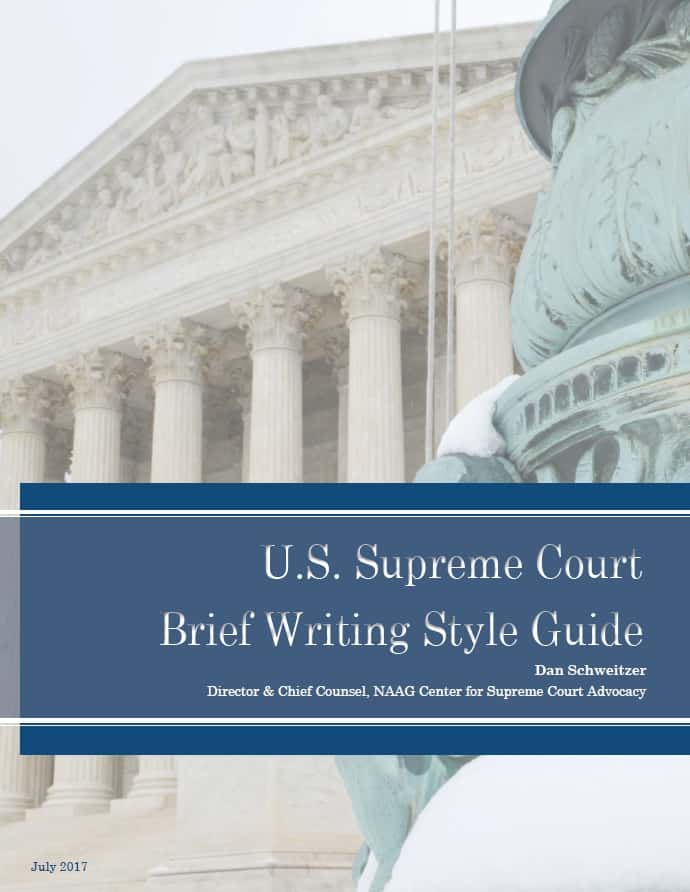There are few tasks more daunting to a lawyer than being asked to write, for the first time, a U.S. Supreme Court brief. You know that, whether it’s a petition for certiorari, a brief in opposition, a merits brief, or an amicus brief, your product will be read by Supreme Court Justices and could eventually affect the law throughout the entire nation. You therefore want it to be as well written as possible.
The most obvious way to accomplish that is to research the legal issue thoroughly, devise persuasive arguments, and craft a well-organized, well-reasoned, and engagingly written brief. That’s what you hope to prepare, of course, in every case regardless of the court; but it’s particularly expected in the Supreme Court.
The U.S. Supreme Court, like most other tribunals, has its own traditions, customs, and practices that are well known to regular practitioners but not necessarily to others. If you want your brief to be as effective as possible, you want it to conform to those traditions, customs, and practices. Failing to follow them might not be as off-putting as typos or misspellings or grammatical errors; but they equally tell the reader — the Justice or clerk — that you don’t truly know how the game is played in the land’s highest court.
Related
How to Write a Successful Cert Petition: A Guide for State Lawyers
How To Write a Successful Brief In Opposition: A Guide For State Lawyers



